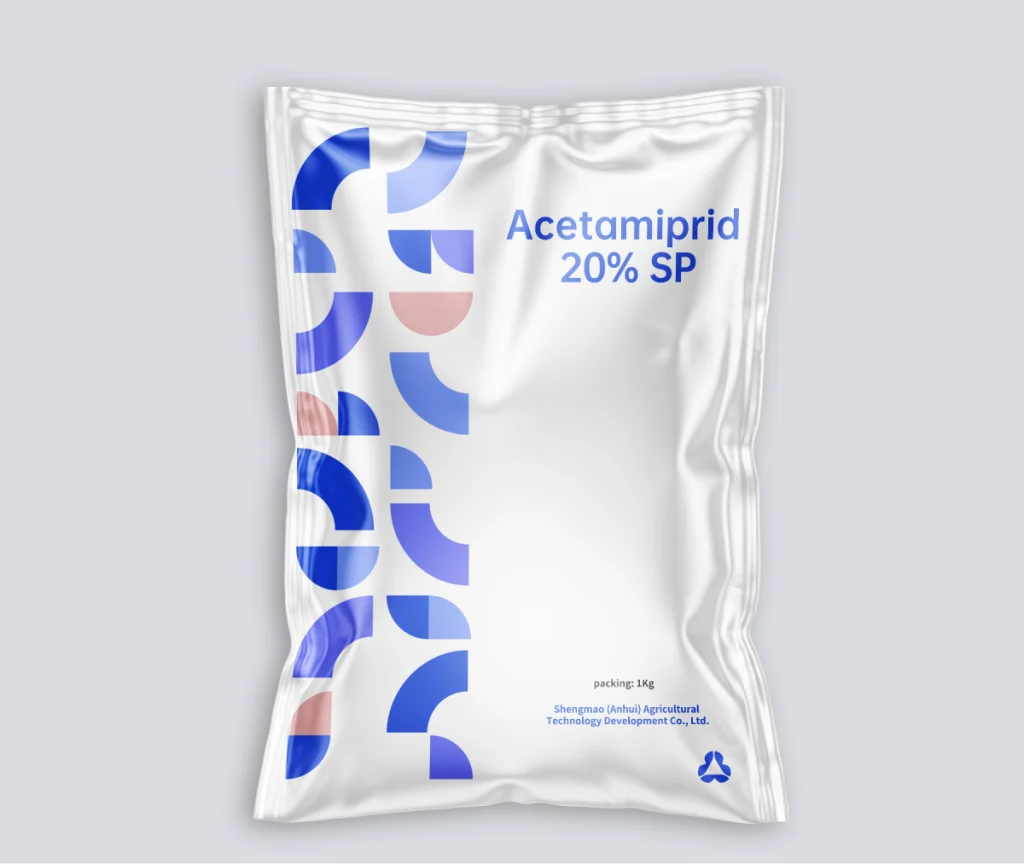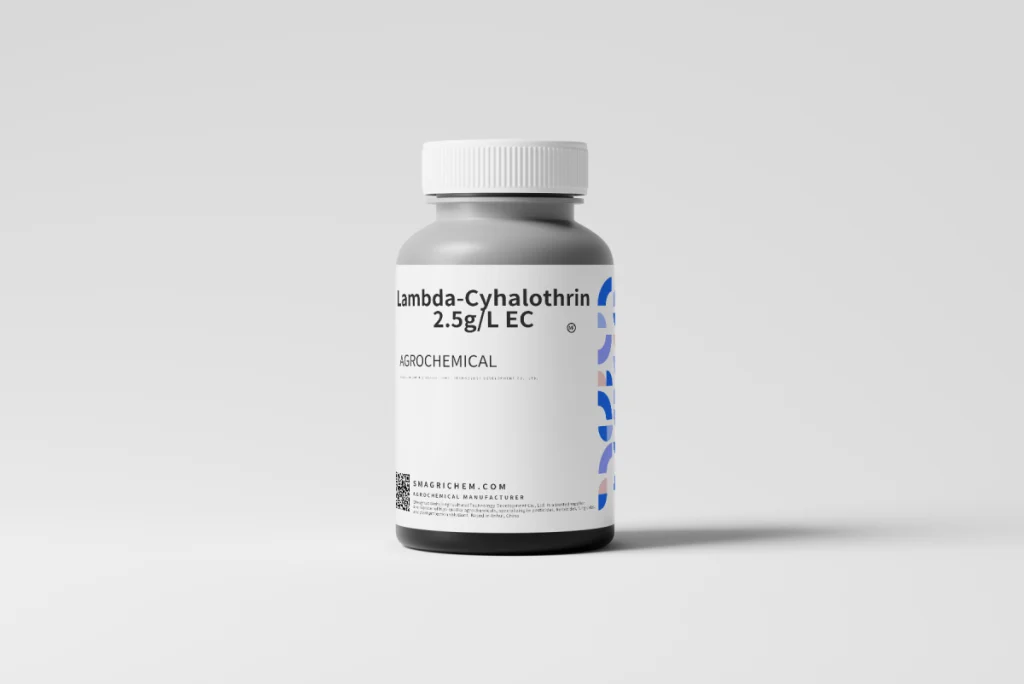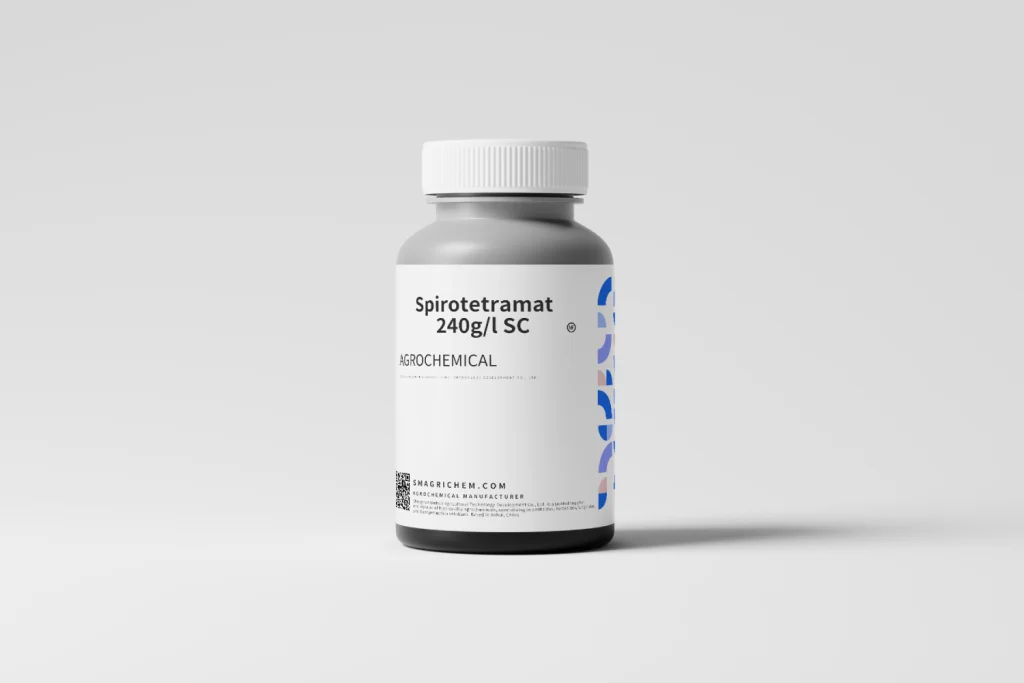Designed for Bulk Orders & OEM Solutions
We offer Fipronil insecticide and termiticide products for commercial buyers, distributors, and large-scale applications. We support:
-
Custom formulations and concentrations
-
Private label and OEM/ODM packaging
-
Flexible container options for domestic and international markets
Let’s grow your brand with reliable, quality pest control solutions.
Product Specifications
Product Name: Fipronil (Insecticide / Termiticide)
Active Ingredient: Fipronil
CAS Number: 120068-37-3
Molecular Formula: C₁₂H₄Cl₂F₆N₄OS
Target Pests: Termites, ants, fleas, cockroaches, ticks, beetles
Application Uses: Rice, corn, sugarcane, turfgrass, urban pest control, termite management
Mode of Action: Non-repellent, acts on insect nervous system by blocking GABA-gated chloride channels
Formulations Available: SC, EC, WP, GR, WDG, gel, bait
Concentration Options: 25g/L EC, 30g/L EC, 40g/L SC, 50g/L SC, 75g/L SC, 7%SC, 20%SC, 80%WDG, 0.01% gel, 0.05% bait, 95%TC
Tank Mix Compatibility: Compatible with other pesticides and insecticides
Applications & Use Rates
| Crop/Area |
Target Pests |
Rate/ha |
Comments |
| Cereals, Corn, Soybeans |
Cutworms, aphids, rootworms, beetles |
100–200 ml/ha |
Apply as foliar spray or soil treatment during early stages |
| Rice |
Stem borers, leafhoppers, planthoppers |
150–300 ml/ha |
Spray at the first sign of infestation |
| Termite Control |
Subterranean termites |
0.5% dilution |
Apply to soil around building foundations |
| Urban Areas |
Ants, cockroaches, fleas, ticks |
0.05–0.1% dilution |
Use in sprays, baits, or granules for indoor/outdoor control |
Formulations & Packaging
Common Form Types:
-
Suspension Concentrate (SC)
-
Wettable Powder (WP)
-
Granules (GR)
-
Water Dispersible Granules (WDG)
-
Gels and Baits for Indoor Use
Packaging Options:
-
Small-Scale: 100ml, 500ml, 1L, 5L bottles
-
Industrial/Bulk: 200L drums, 1000L IBC tanks
-
Ant Baits: Packaged bait stations, granules
-
Aerosols: 300ml, 500ml cans for residential use
Benefits of Fipronil
-
Broad-Spectrum Efficacy: Effective against a wide variety of agricultural and household pests
-
Residual Control: Long-lasting protection in soil and structural treatments
-
Versatility: Suitable for use in farming, building foundations, lawns, and indoor environments
-
Non-Systemic Action: Targets pests externally without affecting plant systems
-
Flexible Formulations: Available in multiple concentrations and packaging sizes for varied uses
Related Formulations for Enhanced Control
Why Choose Us?
Sumao specializes in high-quality insecticides for agriculture, urban environments, and termite management. We provide:
-
ISO 9001 Certified Manufacturing
-
OEM/ODM & Private Label Services
-
Customized Packaging for Global Markets
-
Reliable Supply Chain for Bulk Distribution
-
Full Technical Support and Documentation
Application Methods by Product Type
Fipronil Spray
-
Pests: Termites, ants, cockroaches, fleas, ticks
-
Method: Surface spray, crack and crevice treatment
-
Rate: 0.5–1.0L per 100 m²
Fipronil Termiticide
-
Pests: Subterranean and drywood termites
-
Method: Soil trenching or perimeter treatment
-
Rate: 1.0–1.5L per 100 m²
Fipronil Ant Bait
-
Pests: Fire ants, Argentine ants, sugar ants
-
Method: Bait stations or granules
-
Rate: 1–2 kg/ha or place bait stations along trails
Fipronil Granules
Seed Treatment Example
Crop: Canola
Pest: Redlegged earth mite
Application: QLD, NSW, VIC, SA, WA
Rate: 400 mL per 100 kg seed
Comment: Mix 400 mL with 600 mL water for 1 L total volume per 100 kg seed. Suitable under low pest pressure.
FAQ
Fipronil is a broad-spectrum phenylpyrazole insecticide and termiticide designed to control a wide array of crawling and soil-borne pests. Belonging to the class of GABA receptor antagonists, it disrupts insect nervous systems by blocking chloride ion channels, leading to hyperexcitation, paralysis, and eventual death. This non-repellent action makes it particularly effective in bait systems, as pests unknowingly ingest or contact the compound, facilitating colony-wide elimination (e.g., ants, termites).
Fipronil’s versatility spans multiple sectors:
- Agriculture: Controls soil pests (cutworms, rootworms) and foliar insects (aphids, stem borers) in crops like rice, corn, soybeans, and canola.
- Structural Pest Control: Eradicates subterranean and drywood termites via pre- or post-construction soil treatments, creating long-lasting chemical barriers.
- Urban/Residential Use: Targets ants, cockroaches, fleas, ticks, and spiders through sprays, baits, or granules in both indoor and outdoor settings.
Fipronil’s mode of action is rooted in its ability to inhibit GABA-gated chloride channels in insect neurons. By blocking these channels, it prevents the normal transmission of inhibitory signals, causing uncontrolled nerve firing and muscle spasms. This mechanism is highly specific to insects, minimizing impact on mammals when used as directed, though improper application poses risks (see Toxicity below).
- Effectiveness: Fipronil offers long-lasting residual control, with termite treatments remaining effective for up to 10 years in soil. In agriculture, it provides protection for weeks, reducing spray frequency.
- Speed: Adult fleas and ticks typically die within 4–6 hours of contact, while termites and ants may take 24–48 hours to exhibit effects, allowing bait-sharing behavior that eliminates entire colonies.
- Mammalian Toxicity:
- Classified as WHO Class II (moderately toxic) when ingested or absorbed in high doses. Symptoms in humans may include nausea, dizziness, or skin irritation.
- Pets: Safe for dogs and cats when used topically at recommended doses (e.g., flea treatments), but ingestion can cause toxicity, including seizures in dogs. Pregnant animals and puppies/kittens require veterinary consultation before use.
- Environmental Risks: Highly toxic to aquatic life, necessitating strict avoidance of water bodies during application.
Fipronil effectively manages:
- Insects: Fleas, ticks, ants (including fire ants), termites, cockroaches, beetles, cutworms, aphids, and mites.
- Limitations: Less effective against bed bugs, mosquitoes, and wasps, though it may kill spiders and some flying insects on contact.
- Agriculture:
- Foliar Spray/Soil Treatment: 50–200 ml/ha of SC/WP formulations for crops like rice and corn.
- Seed Treatment: 400 mL/100 kg seed for canola to protect against mites.
- Termite Control:
- Liquid Barrier: 0.5–1.5 L/100 m² applied around building foundations to create a protective zone.
- Urban Pest Management:
- Baits/Granules: 0.05% gel or 0.01% granules for ants and cockroaches, placed in stations for colony-wide uptake.
- Topical Pet Treatments: Spot-on applications for flea and tick control in dogs and cats.
- Termite Treatments: Remains effective in soil for 8–10 years, depending on environmental conditions.
- Foliar Applications: Provides 1–2 weeks of residual protection against agricultural pests.
- Baits: Delayed toxicity ensures ants and termites carry the compound to colonies, leading to gradual elimination over days or weeks.
| Insecticide |
Key Difference |
Primary Use Case |
| Bifenthrin |
Broad-spectrum pyrethroid; effective against flying and crawling insects |
Lawns, gardens, and structural perimeter sprays |
| Imidacloprid |
Systemic neonicotinoid; targets sucking pests |
Agriculture (e.g., aphids) and flea treatments |
| Deltamethrin |
Pyrethroid; fast-acting against flying insects (mosquitoes, flies) |
Mosquito control and bed bug treatments |
| Hydramethylnon |
Slow-acting bait ingredient; used in ant/roach traps |
Low-toxicity residential bait systems |
| Afoxolaner (NexGard) |
Oral flea/tick treatment; newer mode of action |
Canine flea/tick prevention (oral administration) |
- Fipronil + S-Methoprene: Used in products like Frontline Plus to kill adult fleas (fipronil) and inhibit flea egg/hatchling development (s-methoprene).
- Fipronil + Bifenthrin: Enhances termite and ant control in soil treatments, combining non-repellent (fipronil) and repellent (bifenthrin) actions.
- PPE Requirements: Wear chemical-resistant gloves, goggles, and masks during application to prevent skin/eye contact or inhalation.
- Resistance Management: Rotate with insecticides from different IRAC groups (e.g., pyrethroids, neonicotinoids) to avoid pest adaptation.
- Regulatory Compliance: Adhere to local PHI (pre-harvest interval) guidelines (7–14 days for crops) and REI (re-entry interval, 24 hours for treated areas).
Yes, fipronil remains a cornerstone in pest management due to its robust efficacy against resistant pests and versatile applications. Its use in baits and long-lasting formulations ensures continued relevance in integrated pest management (IPM) programs worldwide.




